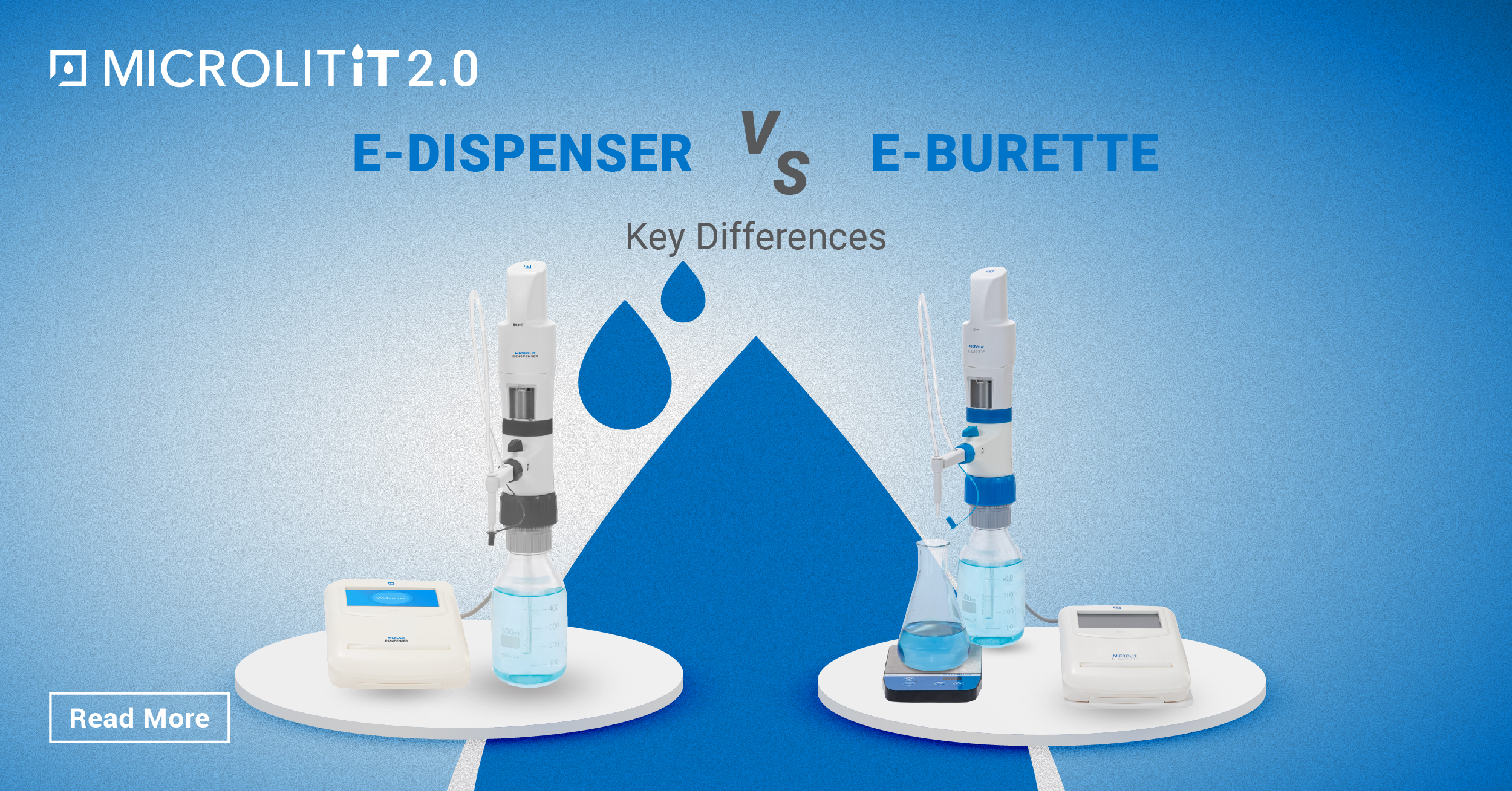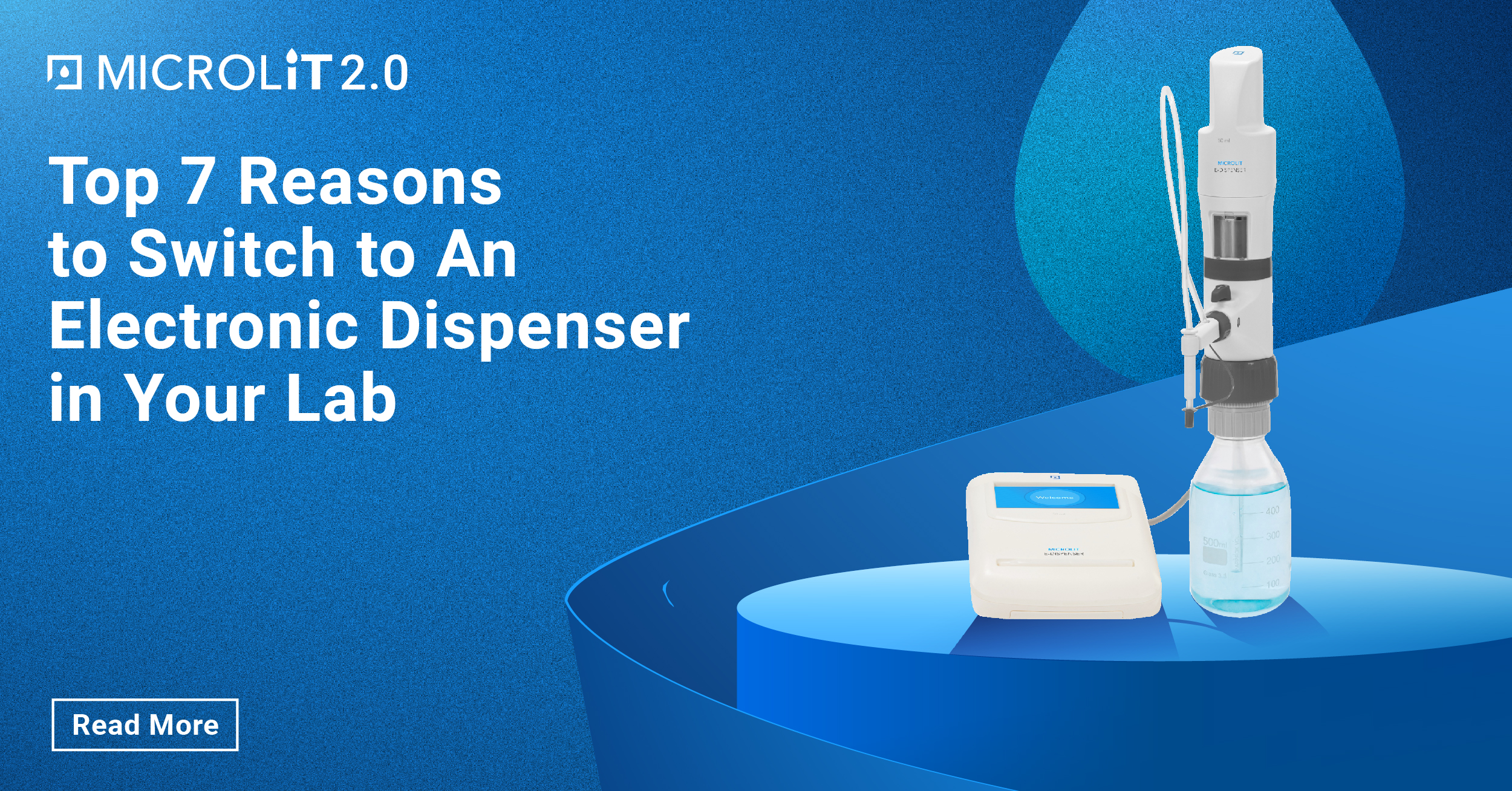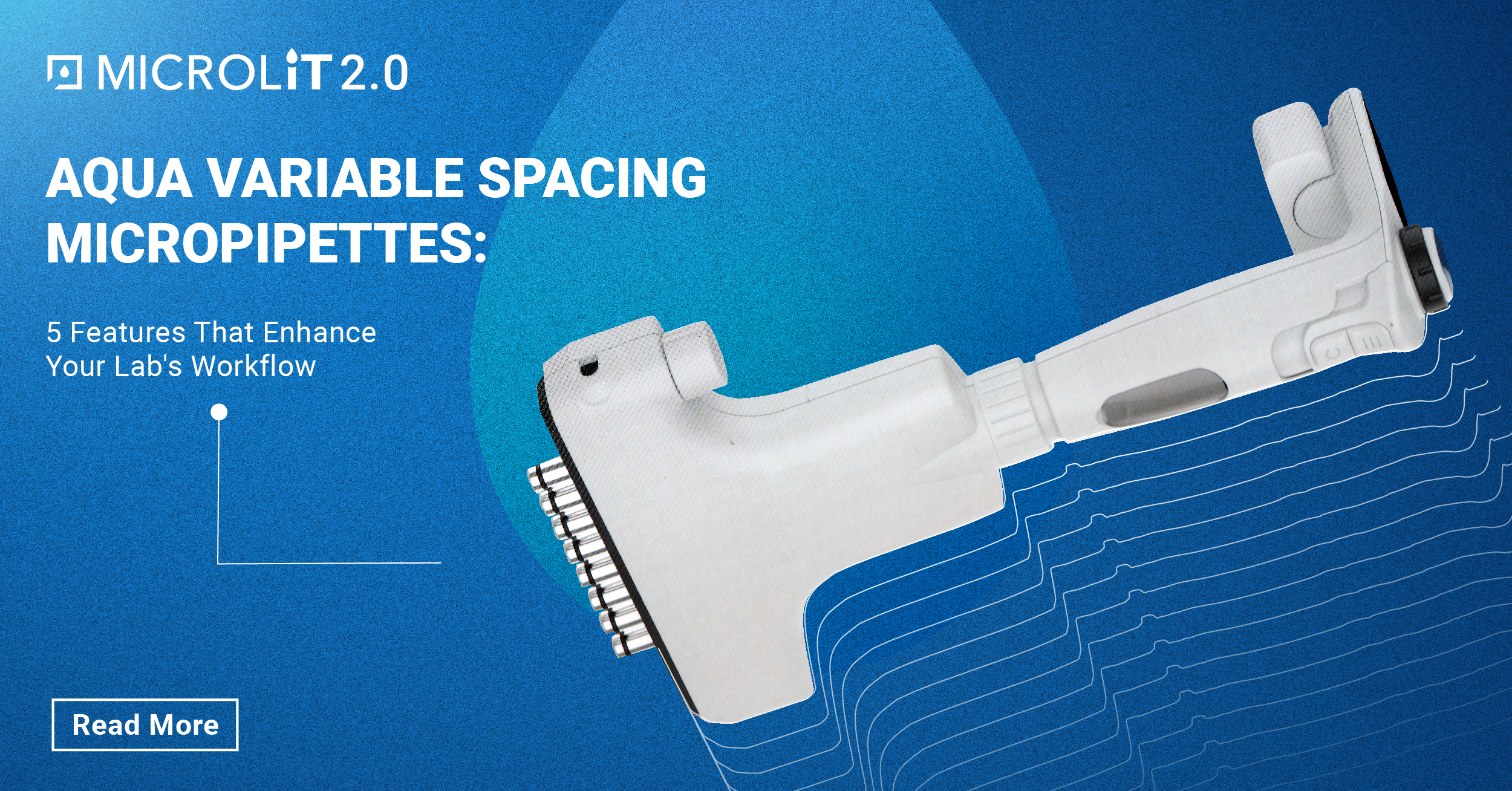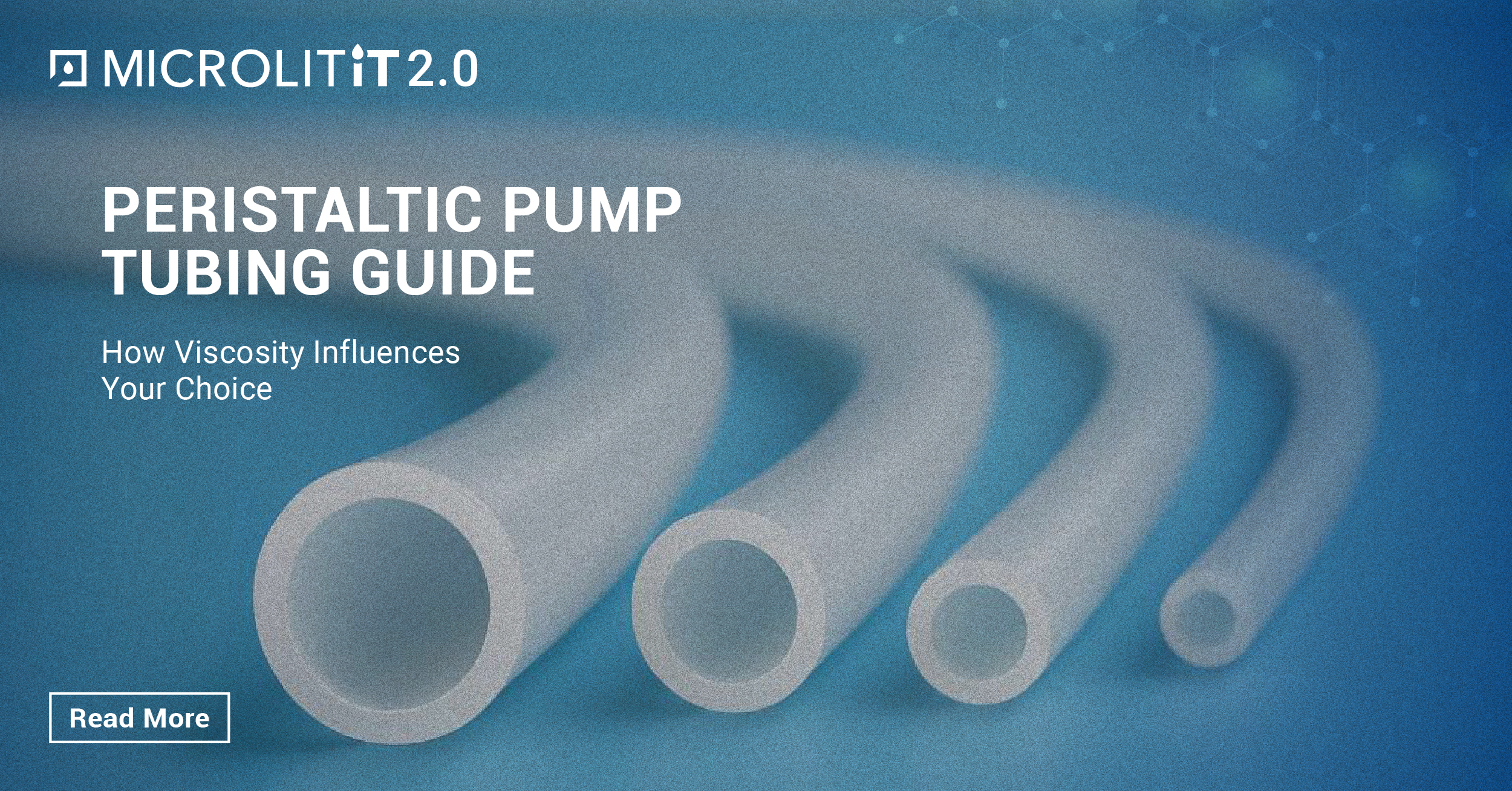How Peristaltic Dosing Pumps Can Revolutionize Chemical Metering
- October 25, 2025
- ENQUIRE NOW
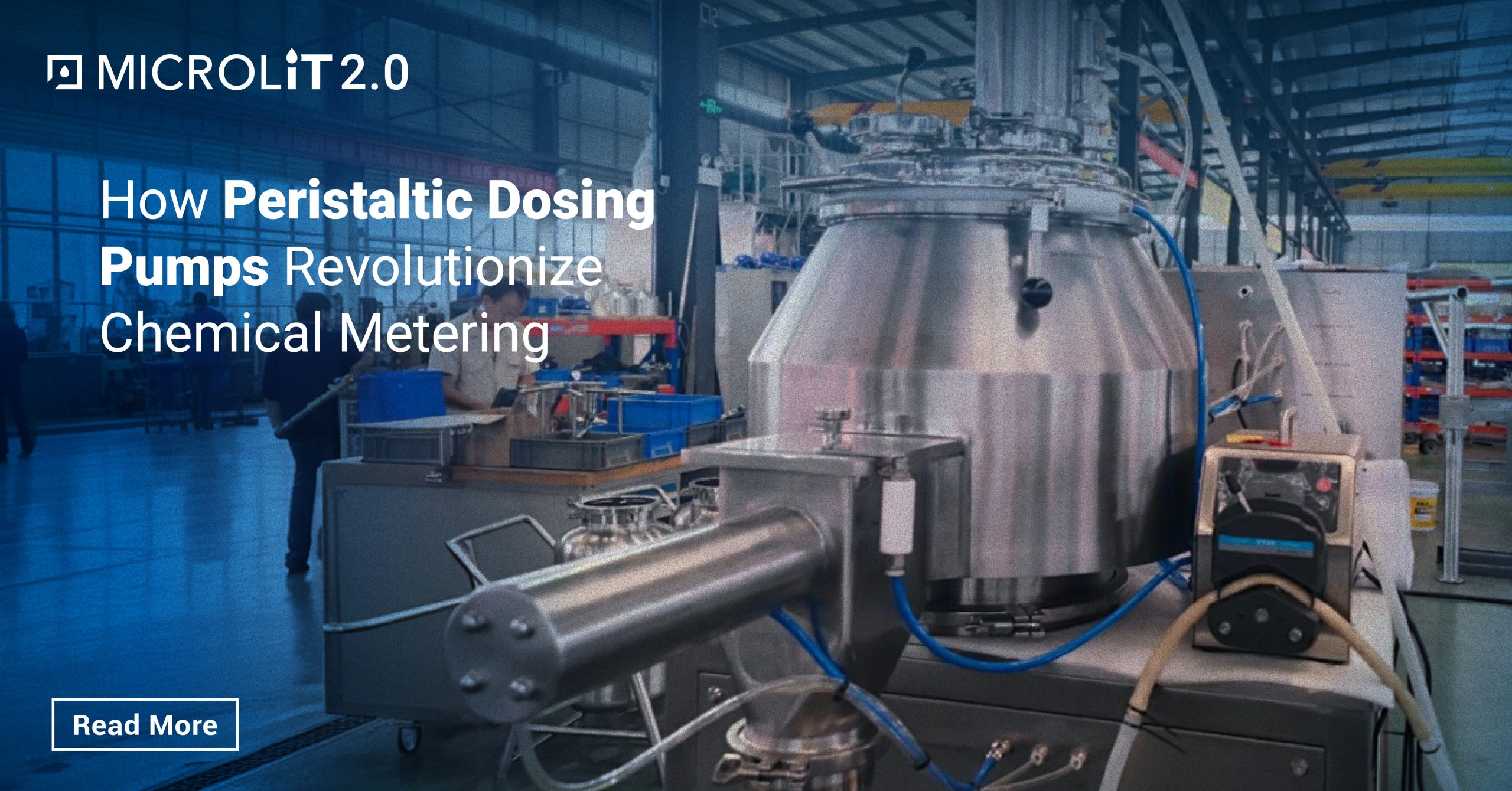
In the ever-evolving world of industrial and laboratory fluid handling, accuracy, consistency and reliability are crucial. Whether you’re dosing a catalyst into a reactor, adding a disinfectant in water treatment or managing precise flow in a chemical process line, the right pump can make or break efficiency. Among the many pumping technologies available today, peristaltic dosing pumps have emerged as a true game-changer in chemical metering — combining simplicity, precision and contamination-free performance.
This article explores how peristaltic dosing pumps work, why they’re transforming chemical metering across industries, and how they outperform traditional systems in reliability, accuracy, and maintenance.
Understanding Peristaltic Dosing Pumps
A peristaltic pump (also known as a tube or hose pump) operates on a simple yet powerful principle inspired by biology — peristalsis, the same mechanism your body uses to move food through the digestive tract.
Inside the pump, a flexible tube or hose carries the fluid. Rollers or shoes mounted on a rotating rotor compress the tubing in sequence, creating a wave-like motion that pushes the liquid forward. When the roller moves past a section of tubing, it rebounds to its original shape, drawing in more liquid and maintaining a continuous, smooth flow.
What makes peristaltic pumps ideal for dosing applications is their ability to deliver precise, repeatable volumes of fluid with every rotation — without the fluid ever coming in contact with any moving parts of the pump. The only wetted component is the tube itself, ensuring clean, contamination-free transfer.
The Need for Precision in Chemical Metering
Chemical metering — the process of adding a specific volume of a chemical to a system at controlled intervals — is vital in countless industries:
- Water and wastewater treatment (chlorine, pH adjusters, coagulants)
- Food and beverage (additives, flavourings, sanitizing agents)
- Agriculture (fertilizers, nutrients, pesticides)
- Oil and gas (corrosion inhibitors, scale preventers)
- Chemical manufacturing and R&D (reactants, catalysts, surfactants)
In each of these applications, even a small dosing error can lead to significant inefficiencies, safety risks, or quality issues. Traditional pumps such as diaphragm, gear or piston types often struggle with viscosity changes, chemical compatibility, pulsation and backflow — problems that peristaltic dosing pumps elegantly overcome.
Key Advantages of Peristaltic Dosing Pumps
- Unmatched Accuracy and Repeatability
Peristaltic dosing pumps provide highly accurate flow control, often within ±1% of set volume. Their performance remains stable regardless of changes in fluid viscosity, pressure or chemical properties. Because each rotation delivers a fixed volume of liquid, they are ideal for precision dosing applications — from microliters in laboratories to liters per minute in industrial setups.
- Chemical Compatibility
Since the fluid only contacts the inner surface of the tube, peristaltic pumps are compatible with a vast range of chemicals — acids, bases, solvents, slurries and aggressive reagents that would typically damage other pump types. By simply changing the tubing material (e.g., Silicone, Viton®, or PharMed®), users can handle almost any chemical safely.
- No Contamination or Cross-Contact
In applications requiring cleanliness — such as pharmaceuticals, biotech or high-purity chemical manufacturing — contamination is unacceptable. Peristaltic dosing pumps ensure that the pumped medium never touches the pump mechanism or motor. The closed-tube system eliminates cross-contamination risks and makes cleaning or sterilization simple — often as easy as swapping the tube.
- Gentle and Pulsation-Free Flow
Traditional pumps can cause shear stress or pulsations that alter the chemical structure of sensitive fluids. Peristaltic pumps, on the other hand, provide gentle, low-shear transfer suitable for fragile formulations, suspensions or viscous materials. With the right control systems, flow can be fine-tuned for steady, continuous metering.
- Low Maintenance and Easy Servicing
Mechanical simplicity is one of the biggest advantages of peristaltic technology. With no valves, seals or diaphragms to clog, corrode, or wear out, maintenance requirements are minimal. Replacing the tubing is often the only upkeep needed — a quick, tool-free process that drastically reduces downtime.
- Self-Priming and Dry-Running Capability
Peristaltic pumps can self-prime up to several meters and can run dry without damage — capabilities that are invaluable in dosing or transfer applications where intermittent flow or suction lift is required. They can also handle gases or air bubbles in the fluid without losing prime or accuracy.
- Bidirectional and Versatile Operation
Reversing flow direction is as simple as changing motor rotation, allowing for flexible operation — such as purging lines, recovering fluid or alternating between fill and discharge modes. Combined with programmable speed control, this flexibility makes peristaltic dosing pumps perfect for automated systems.
Transforming Chemical Metering Across Industries
Let’s look at how peristaltic dosing pumps are revolutionizing specific industrial applications:
Water and Wastewater Treatment
In water treatment plants, dosing accuracy directly affects water quality and safety. Peristaltic pumps deliver consistent chemical dosing — whether for pH correction, disinfection or coagulation — without clogging or corrosion. They also eliminate the need for check valves or pulsation dampeners, simplifying system design and maintenance.
Chemical Manufacturing and R&D
For researchers and production engineers, reproducibility is key. Peristaltic dosing pumps offer programmable control, allowing users to set precise flow rates for mixing, blending, or feeding reactants into reactors. Their compatibility with a wide range of aggressive chemicals also ensures durability in demanding environments.
Food and Beverage
When dosing flavors, colorants or preservatives, contamination-free and hygienic operation is essential. Peristaltic pumps — with their easy-to-clean, tubing-only contact — meet stringent sanitary requirements while ensuring consistent dosing without foaming or aeration.
Agriculture and Fertigation
In modern irrigation and hydroponic systems, peristaltic dosing pumps are increasingly used for fertilizer and nutrient metering, providing controlled feeding that maximizes yield while minimizing waste. Their self-priming and variable speed features make them ideal for automated, remote-controlled setups.
Pharmaceuticals and Biotech
In biopharma, sterile and precise fluid transfer is vital — whether in buffer preparation, media filling, or drug formulation. Peristaltic pumps’ ability to handle sterile fluids in closed systems makes them the preferred choice for single-use manufacturing environments, helping maintain compliance with GMP standards.
Automation and Digital Control: The Next Step
Modern peristaltic dosing pumps are now integrated with digital interfaces, microprocessor control and programmable flow settings, enabling seamless automation. They can communicate with central control systems for real-time monitoring, data logging and remote operation.
Features like flow calibration, dose counting, and alarm notifications enhance operational accuracy and reliability. This digital integration is pushing chemical metering into a new era of smart, connected fluid handling.
Sustainability and Cost Efficiency
By delivering precise doses and minimizing chemical waste, peristaltic pumps contribute directly to sustainable and eco-friendly operations. Their long service life, reduced maintenance and energy-efficient operation lower total ownership costs — making them both an environmentally and economically sound investment.
Conclusion: The Future of Chemical Metering
From industrial chemical plants to high-tech laboratories, peristaltic dosing pumps have proven their value as versatile, accurate, and low-maintenance tools for fluid control. Their ability to handle a wide range of chemicals, deliver exact volumes and prevent contamination has positioned them as a preferred choice for modern chemical metering systems.
As industries move toward smarter and cleaner processes, peristaltic dosing technology will continue to redefine efficiency, safety and precision in fluid handling.
Microlit’s Range of Peristaltic Pumps
At Microlit, we understand the critical role precision and reliability play in laboratory and industrial applications. Our extensive range of lab peristaltic pumps combines robust engineering with intelligent control to deliver accurate, consistent and contamination-free dosing for a variety of fluids and chemicals.
Designed for laboratories, research facilities and pilot plants, Microlit’s peristaltic pumps offer adjustable flow rates, chemical-resistant tubing options and intuitive digital interfaces — ensuring effortless operation and superior performance.
Whether you’re optimizing a chemical process, dosing reagents, or transferring sensitive solutions, Microlit’s peristaltic pumps empower you to handle every task with confidence, precision and ease. Explore our extensive range at https://www.microlit.com/product-category/peristaltic-pump/

